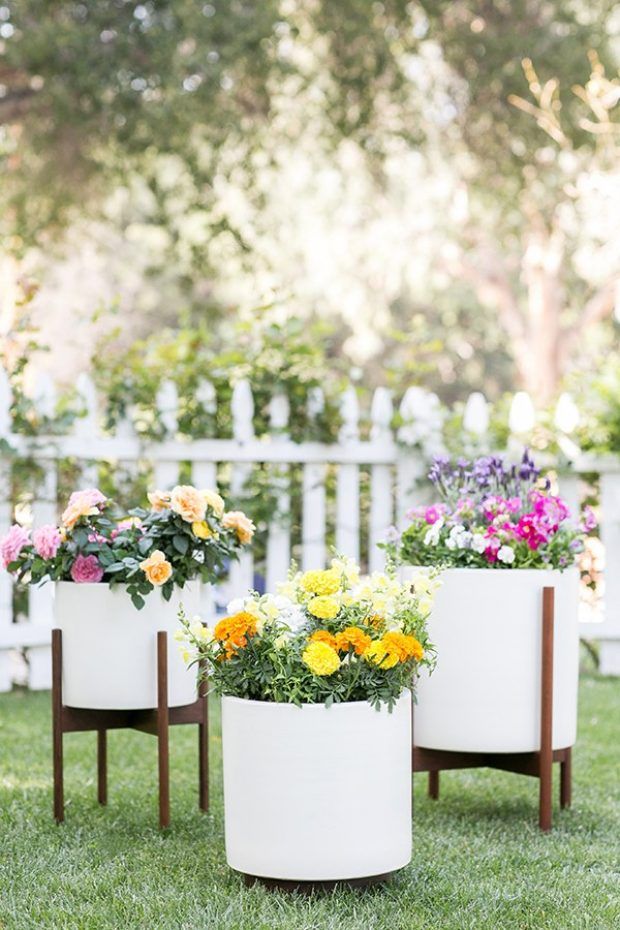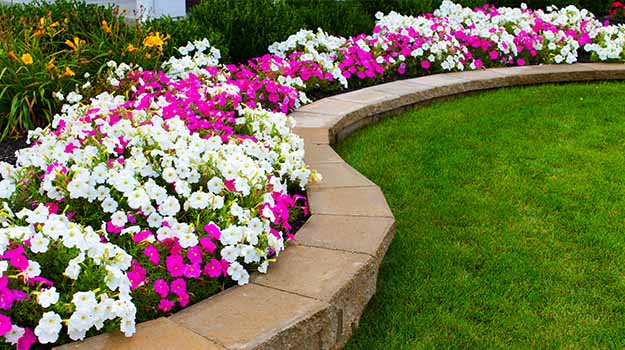Gardening is one of those hobbies that can turn a mundane backyard into an oasis of color and fragrance. Whether you’re a seasoned gardener or just starting, flower decoration can elevate your space to new heights. In this article, I will share my personal experiences, tips, and tricks on how to create stunning flower arrangements that bring joy and beauty to your garden.
Understanding the Basics of Flower Decoration
Before diving into the details, let’s explore the fundamentals of garden flower decoration. Knowing the right flowers, their seasonal availability, and how they complement each other plays a vital role in your garden’s aesthetics.
Choosing the Right Flowers
Selecting the perfect flowers involves understanding their colors, sizes, and growth patterns. Below is a comparison table of popular flowers along with their characteristics:

| Flower | Color | Height | Bloom Time | Sun Requirements |
|---|---|---|---|---|
| Roses | Red, Pink, Yellow | 2-6 ft | Spring to Fall | Full Sun |
| Sunflowers | Yellow | 3-10 ft | Summer | Full Sun |
| Tulips | Various | 12-18 in | Spring | Full Sun |
| Dahlias | Various | 1-6 ft | Summer to Fall | Full Sun |
Seasonal Considerations for Flower Decoration

Different flowers bloom in different seasons. Understanding when flowers bloom can help you select the right plants to ensure continuous color in your garden. Here’s a breakdown of seasonal flowers:
- Spring: Tulips, Daffodils, Hyacinths
- Summer: Sunflowers, Dahlias, Zinnias
- Fall: Mums, Asters, Sedums
- Winter: Pansies, Cyclamens

Techniques for Stunning Flower Arrangements
Flower arrangements can dramatically change the look of your garden. Here are some techniques that I’ve found useful over the years.

Layering Colors
One effective method is layering colors to create depth. For instance, plant taller flowers at the back and shorter ones at the front. This creates a beautiful visual that can captivate anyone who walks by.

Creating a Focal Point
Every garden should have a focal point, whether it be a vibrant flower bed or a piece of garden art. Here are some ideas:

- A cluster of brightly colored flowers
- A sculpture or birdbath
- An archway covered in climbing flowers
Combining Different Textures

Mixing flowers with different leaf shapes and textures will add interest. For example:
- Combining soft, round leaves with spiky foliage
- Pairing smooth flowers with hairy plants
Flower Decoration Styles to Consider
Like any form of art, flower decoration comes in various styles. Here are some popular ones I’ve experimented with.
Traditional Flower Beds
These are classic and timeless, often featuring a mix of perennials and annuals. They typically follow structured patterns and are well-maintained.
Pros and Cons of Traditional Flower Beds
| Pros | Cons |
|---|---|
| Timeless appeal | Requires regular maintenance |
| Great for showcasing various flowers | Can be expensive to establish |
Cottage Gardens
Cottage gardens are known for their informal and relaxed feel, filled with a mix of flowers, herbs, and vegetables. This style provides a natural and wild appearance.
Pros and Cons of Cottage Gardens
| Pros | Cons |
|---|---|
| Creates a welcoming environment | Can look messy if not maintained |
| Encourages biodiversity | Plants may compete for nutrients |
Zen Gardens
Zen gardens are minimalist and focused on creating tranquility and peace through simplicity. They typically feature stones, gravel, and a limited number of carefully selected plants.
Pros and Cons of Zen Gardens
| Pros | Cons |
|---|---|
| Promotes relaxation | Can require skill to design |
| Low maintenance | Limited plant diversity |
Incorporating Flower Decor into Your Garden Design
Flower decorations aren’t just about choosing the right plants. They also involve strategic placement and creative arrangements. Here are some tips I’ve garnered through trial and error:
Vertical Gardening
Utilizing vertical space can add dimension to your garden. Some ideas include:
- Hanging planters filled with trailing flowers
- Vertical trellises for climbing plants
Understanding Maintenance and Care for Your Flower Decorations
To keep your garden looking its best, proper maintenance is essential. Here’s what I’ve learned regarding care:
Watering Techniques
Water is crucial, but overwatering can be just as harmful as underwatering. Use drip irrigation systems or soaker hoses for efficient watering.
Fertilization
Regular fertilization can boost flower health. Use organic fertilizers and follow the recommended schedules for each flower type.
Pest and Disease Control
Keep an eye out for pests and diseases. Here are some natural methods to combat them:
- Introduce beneficial insects like ladybugs
- Use neem oil for pest control
Personal Experiences with Flower Decorations
Throughout my gardening journey, I’ve faced my share of challenges and triumphs. One memorable project was creating a butterfly garden. I chose vibrant flowers to attract butterflies and ended up with a breathtaking display. The joy of seeing butterflies fluttering around was indescribable!
Inspiration: Real-Life Flower Decoration Projects
Reading about others’ projects can be a great source of inspiration. Here’s a showcase of various flower decoration projects I found online:
Project Spotlight 1: Urban Balcony Garden
A small apartment balcony transformed into an urban oasis with potted flowers and vertical planters.
Project Spotlight 2: Community Flower Bed
A team of neighbors came together to plant a colorful flower bed in their local park, enhancing community spirit.
Frequently Asked Questions (FAQs)
What are the best flowers for beginners?
Some beginner-friendly flowers include marigolds, sunflowers, and zinnias due to their resilience and easy care.
How do I keep my flower garden looking good all year round?
Plan for seasonal variation by choosing flowers that bloom in different seasons, and incorporate evergreen plants for winter interest.
Can I grow flowers in pots?
Absolutely! Many flowers thrive in pots, making them perfect for patios and balconies. Just ensure you select the right pot size and provide adequate drainage.
What are some tips for arranging flowers in a bouquet?
Use an odd number of flowers for balance, incorporate greenery, and mix different shapes and sizes to create visual interest.
Conclusion
Flower decoration can transform any outdoor space into a breathtaking retreat. Through careful planning, creativity, and a little love, you can create a garden that blooms with beauty throughout the seasons. My experiences have taught me that gardening is not just about the end result but the joy of the journey itself.
Ready to dig in? Start planning your dream garden today and don’t forget to share your journey with fellow garden enthusiasts!